

Air Force Museum
History of the use of air power for military purposes
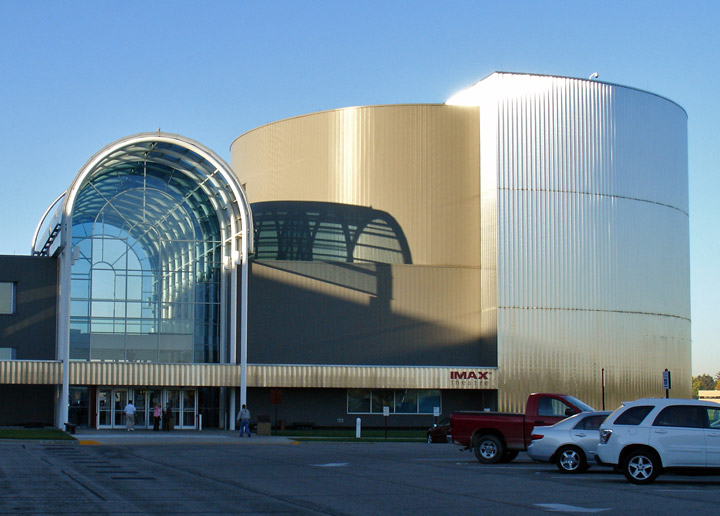
entrance and the Imax theater of the Air Force Museum
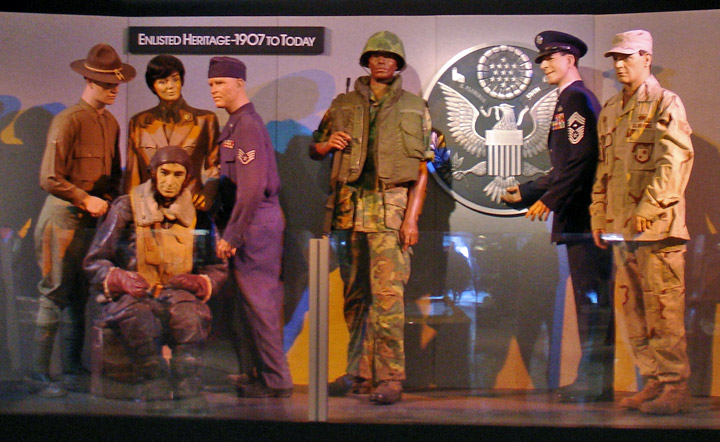
honoring the enlisted men of the air force (1907 - )
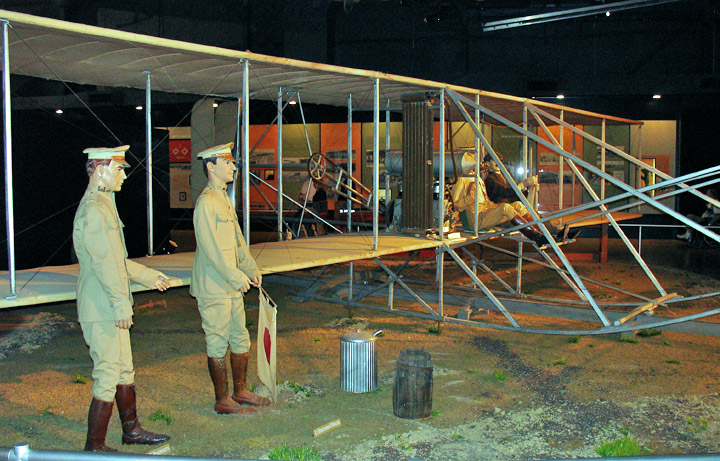
Wright Brothers airplane

the group Alexander Graham Bell got
together to build an airplane
Glenn Curtiss, the motorcycle builder, joined the group

the airplane of Glenn Curtiss
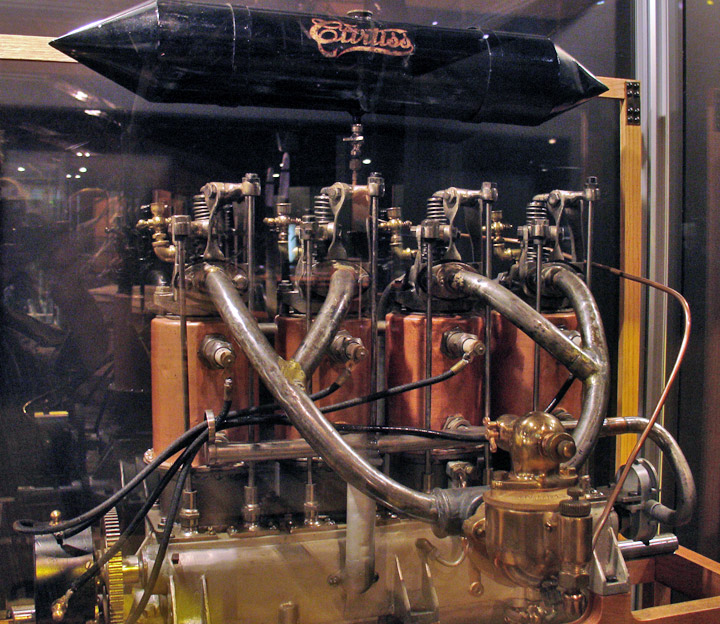
the Curtiss engine
Photos of the Glenn Curtiss Museum, Hammondsport, New York
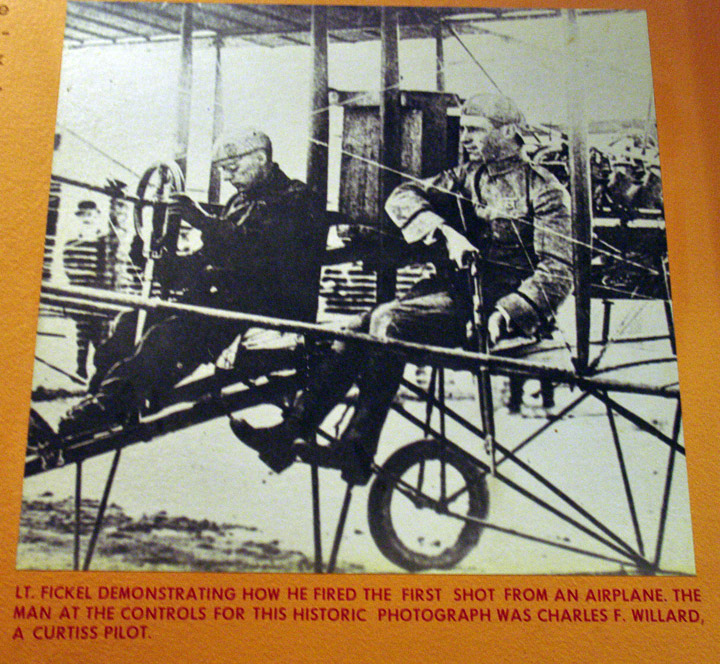
first shot fired from a Curtiss airplane
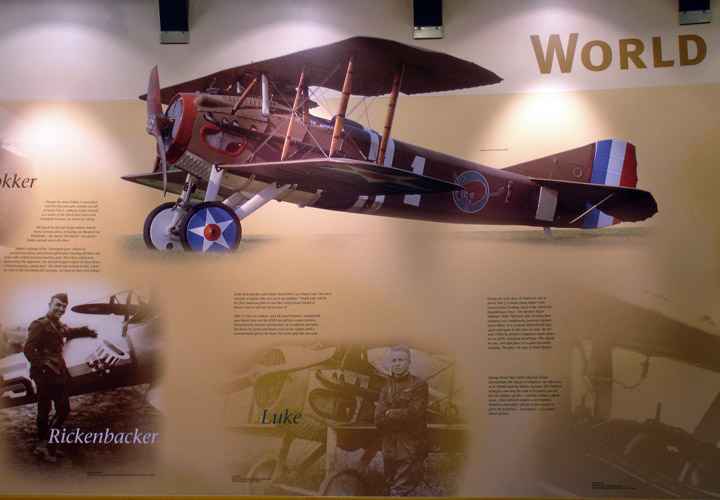
World War I
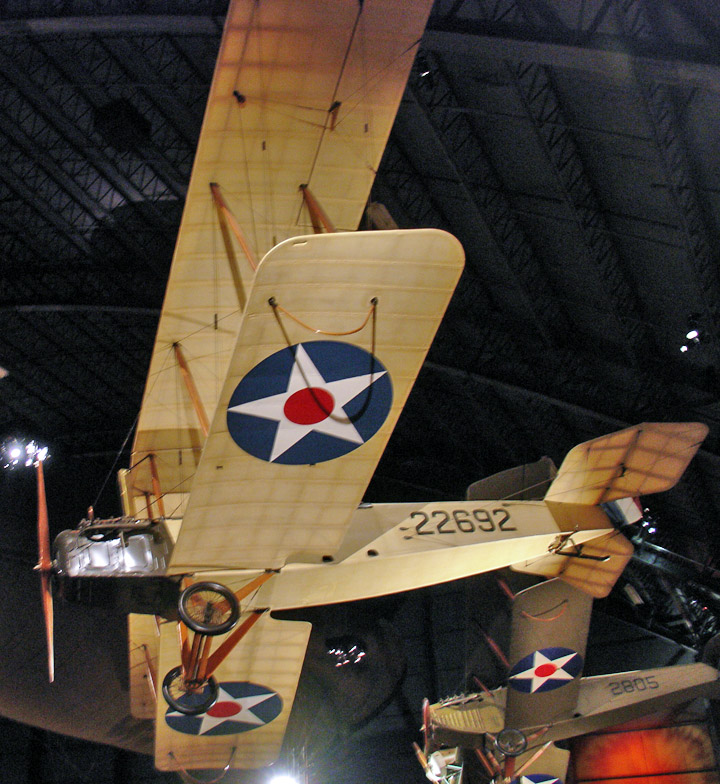
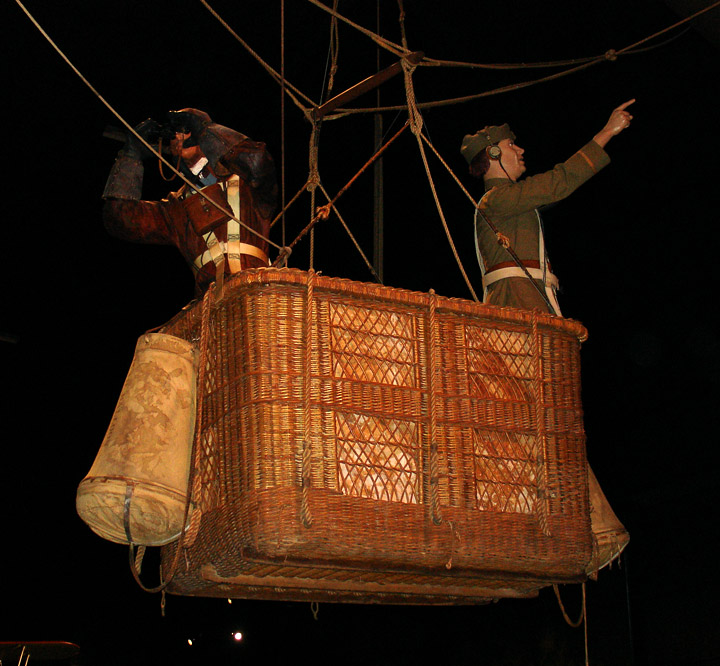
battlefield spotters from a basket on a balloon
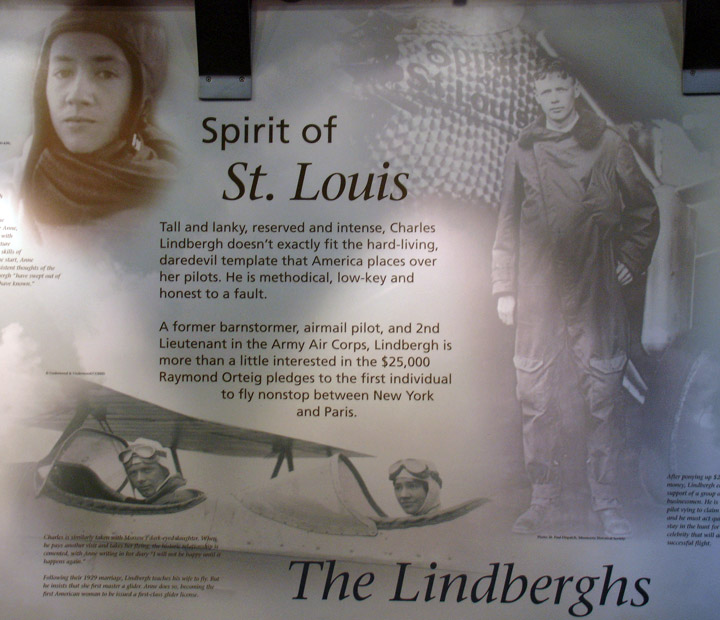
over ocean flights
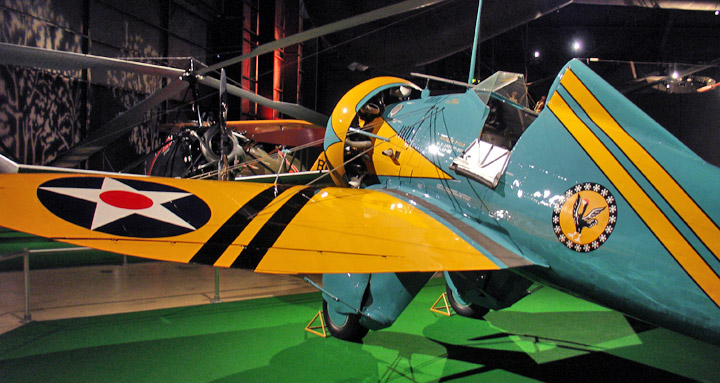
ever more speed
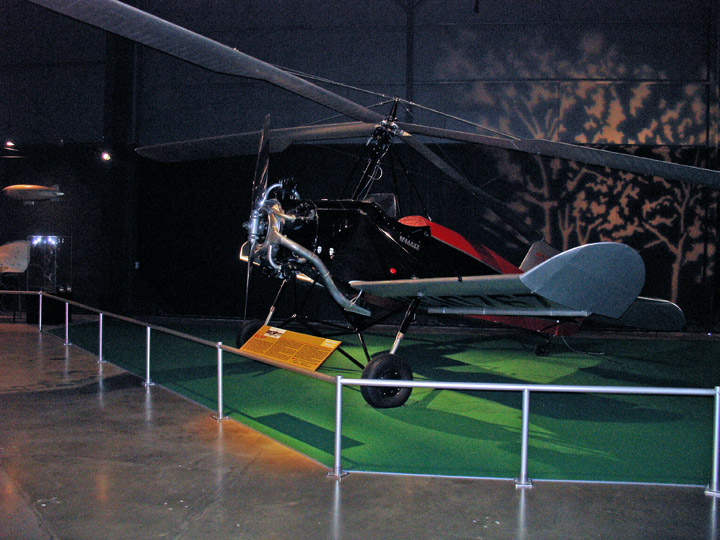
auto-giro plane
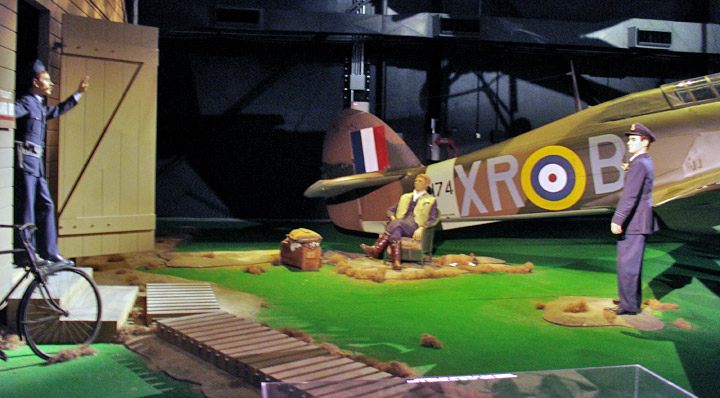
in England during World War II
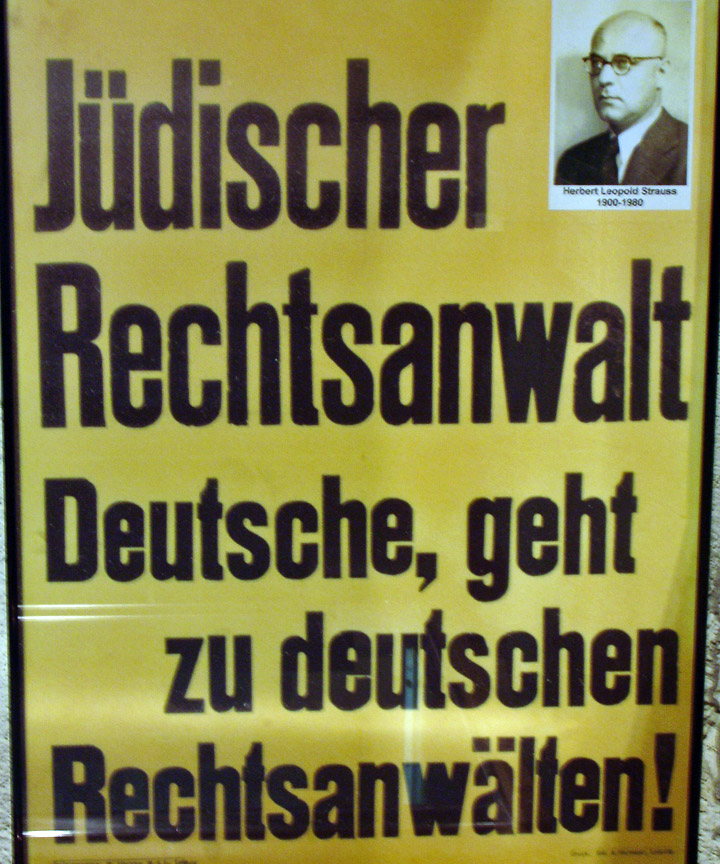
"Jewish Lawyer!
Germans go to a German Lawyer"
an anti-Jewish slogan of the Nazi, leading to World War II

Location of concentration camps

Nazi transport

Flying Tigers, in China
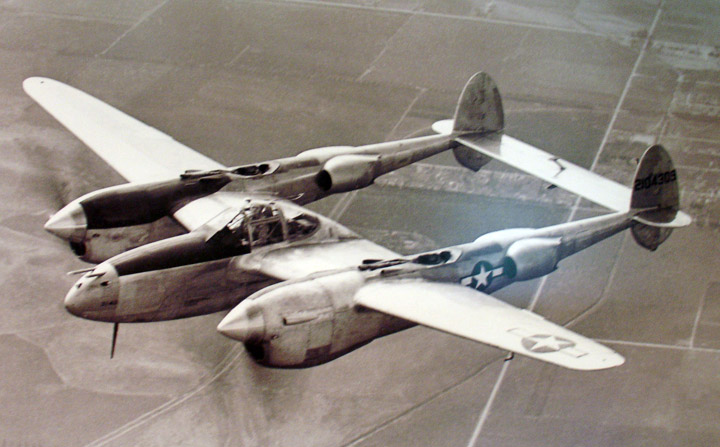
the P-38
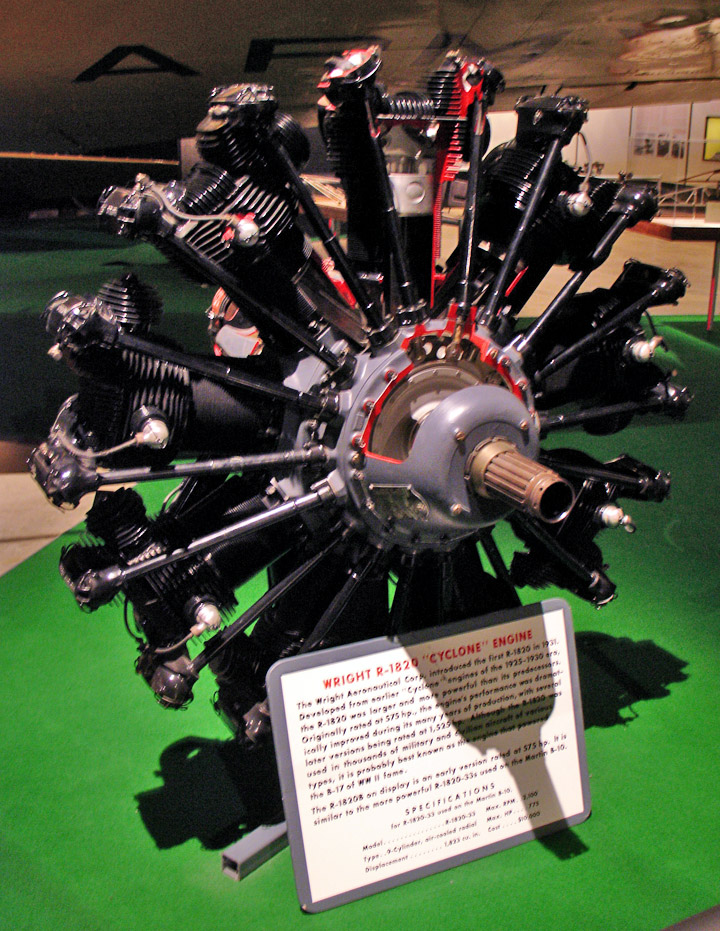
radial aircraft engine
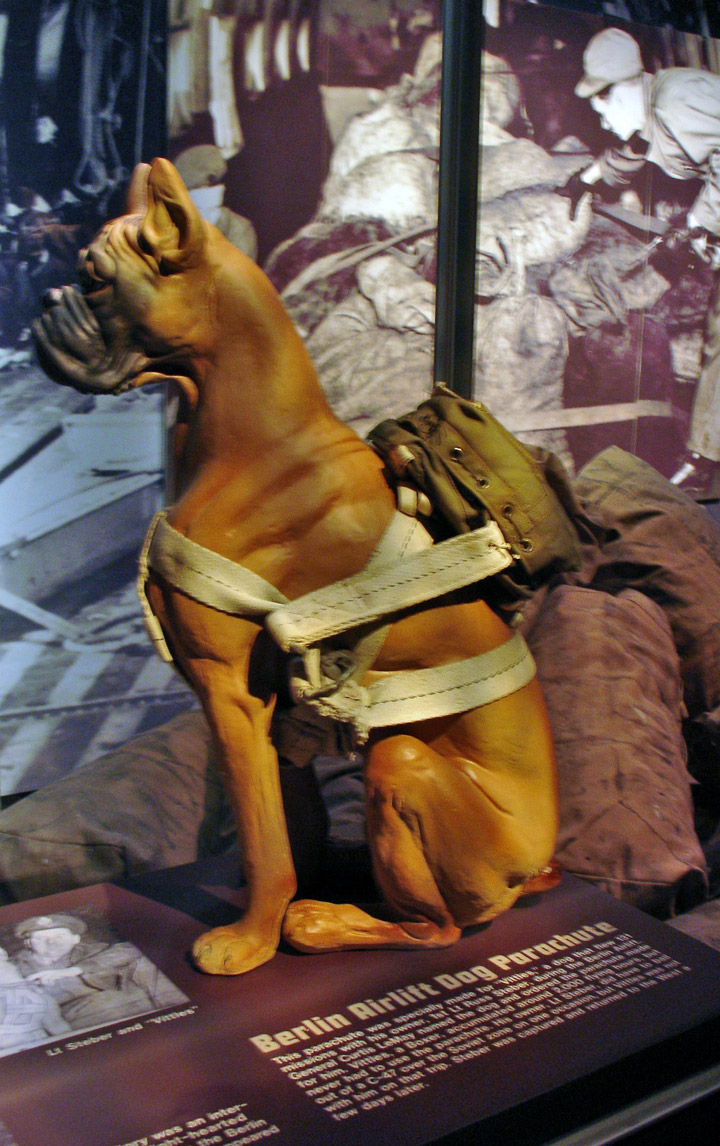
Dog of the Berlin airlift
(Berlin was supplied by air during a Soviet blockade)
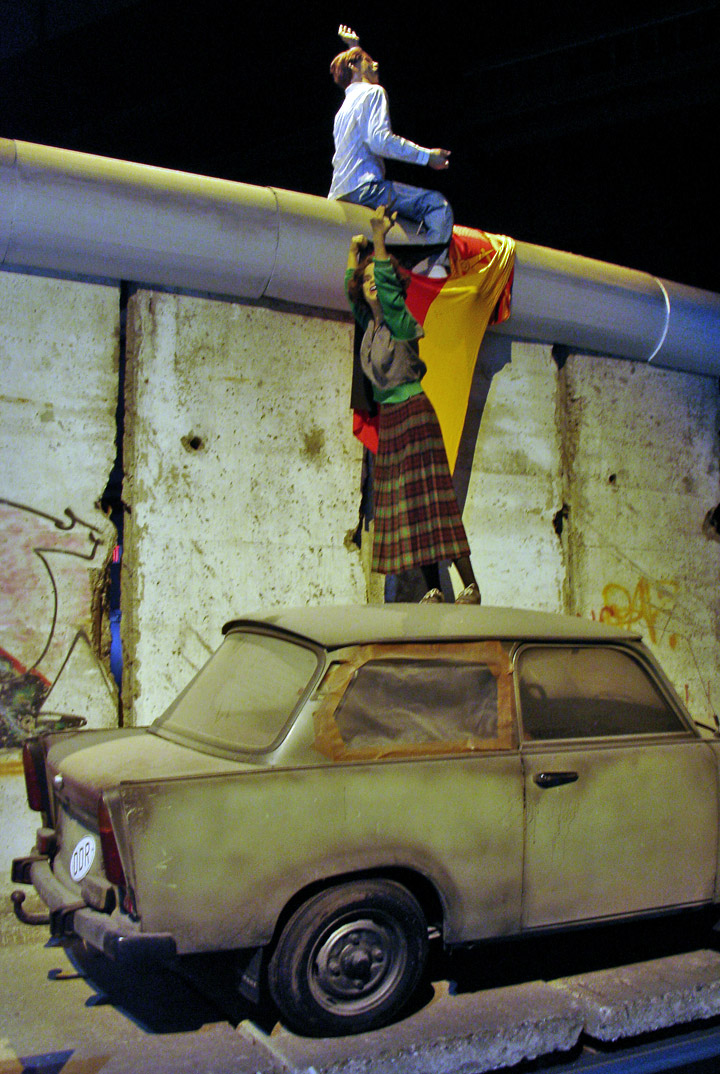
standing on a "Traubi" and scaling the Berlin Wall to escape to the West
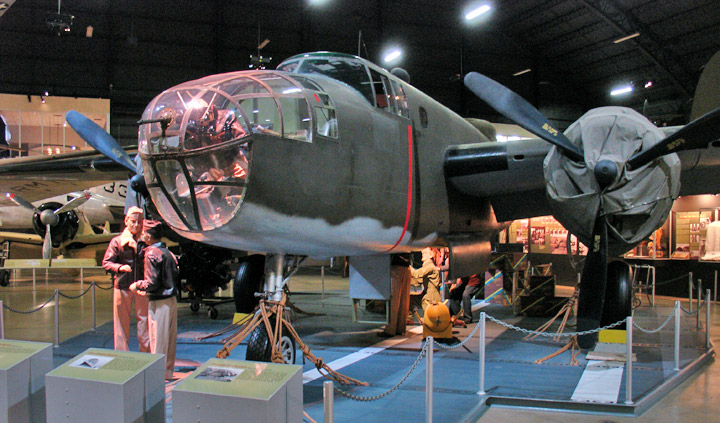
Bockscar, a plane modified to carry the Atomic bombs
Bockscar, sometimes called Bock's Car or Bocks Car, is the name of the United States Army Air Forces B-29 bomber that dropped the "Fat Man" nuclear weapon over Nagasaki on 9 August 1945, the second atomic weapon used against Japan. The name painted on the aircraft after the mission is a pun on "boxcar" after the name of its aircraft commander, Captain Frederick C. Bock.
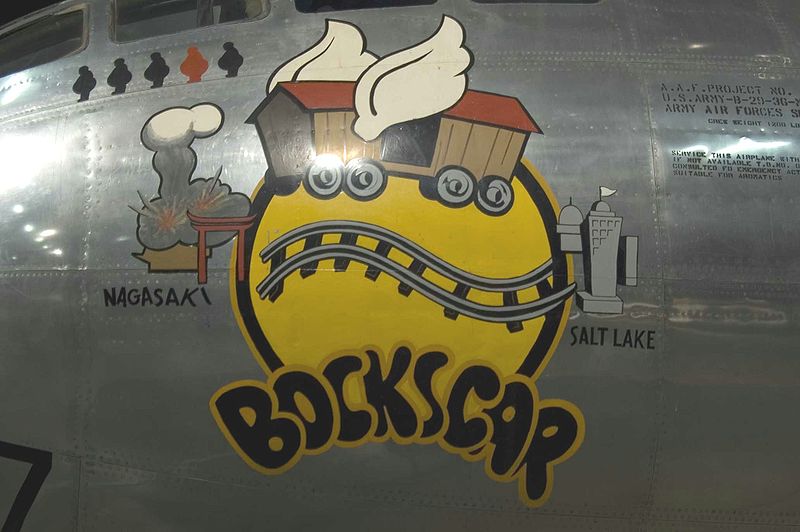
Photo from Wikipedia
Bockscar was flown on that day by the crew of another B-29, The Great Artiste,
and was commanded by Major Charles W. Sweeney, commander of the 509th Composite
Group's only bomber squadron, the 393d. The plane was copiloted by Captain
Charles Albury. The Great Artiste, which was the assigned aircraft of the crew
with whom Sweeney most often flew, was slotted in preliminary planning to drop
the second bomb, but it had been fitted with observation instruments for the
Hiroshima mission. Bockscar had been flown by Sweeney and crew C-15 in three
test drop rehearsals of inert "Fat Man" assemblies in the eight days leading up
to the second mission, including the final rehearsal the day before. Rather than
move the instrumentation from The Great Artiste to Bockscar, a complex and
time-consuming process, the crews of The Great Artiste and Bockscar switched
planes. The result was that the bomb was dropped by Bockscar, flown by the crew
C-15 of The Great Artiste. There was confusion over the name of the plane
because an initial eyewitness account by reporter William L. Laurence of the New
York Times said that the second bomb had been dropped from The Great Artiste.
Laurence, who accompanied the mission as part of Bock's crew, had interviewed
Sweeney and his crew in depth and was aware that they referred to their airplane
as The Great Artiste. Except for Enola Gay, none of the 393rd's B-29s had yet
had names painted on the noses, and unaware of the switch in aircraft, Laurence
assumed victor 77 was The Great Artiste. Kokura was the primary target, but when
Bockscar arrived at its rendezvous point off the coast of Japan the third
aircraft of its flight (the photo ship Big Stink) was not present. After
fruitlessly waiting 40 minutes, Sweeney and Bock proceeded to Kokura but found
it obscured by clouds. Sweeney had orders to drop the atomic bomb visually if
possible, and after three unsuccessful passes over Kokura, conferred with
weaponeer Commander Frederick Ashworth (USN). They agreed to strike the
secondary target, Nagasaki.
A combination of factors including confusion about a malfunctioning transfer
pump made fuel consumption a critical factor. Ashworth did not want to be forced
to dump the bomb into the sea and decided to make a radar bombing run if
necessary. However, enough of an opening appeared in the cloud cover to allow
Bombardier Kermit Beahan to confirm Nagasaki and the bomb was dropped, with
ground zero being about 3/4 mile from the planned aiming point. This combined
with Nagasaki's position on the foothills (as opposed to Hiroshima's mostly flat
terrain) resulted in lower overall casualties than in Hiroshima, with much of
the blast confined in the Urakami Valley. Because of the delays in the mission,
the B-29 did not have sufficient fuel to reach the emergency landing field at
Iwo Jima, so Major Sweeney flew the aircraft to Okinawa, where, despite being
unable to make contact with the control tower, he made a safe landing with
virtually empty fuel tanks.
Text from Wikipedia
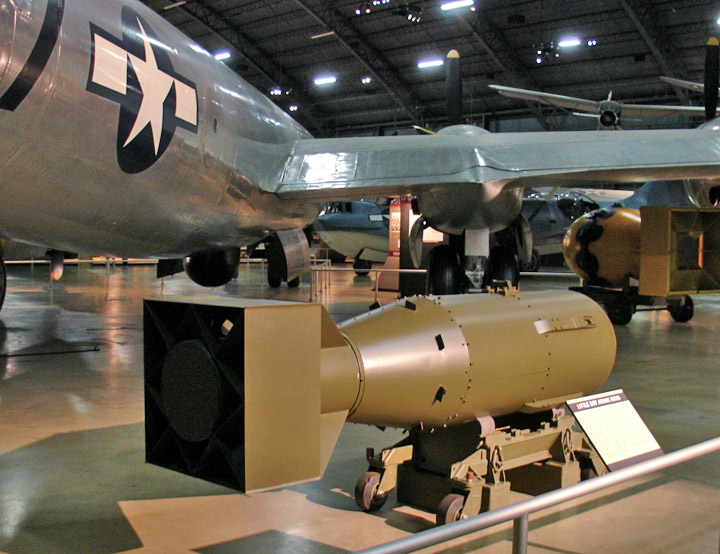
model of the bomb used on Hiroshima
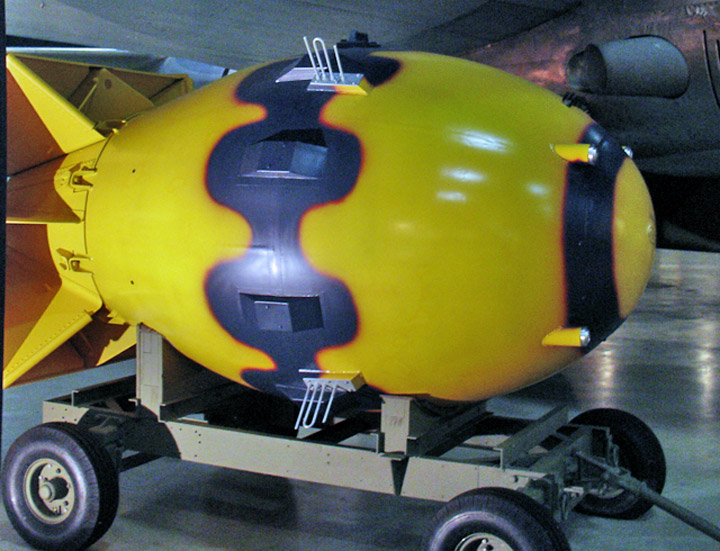
model of the implosion bomb dropped on Nagasaki
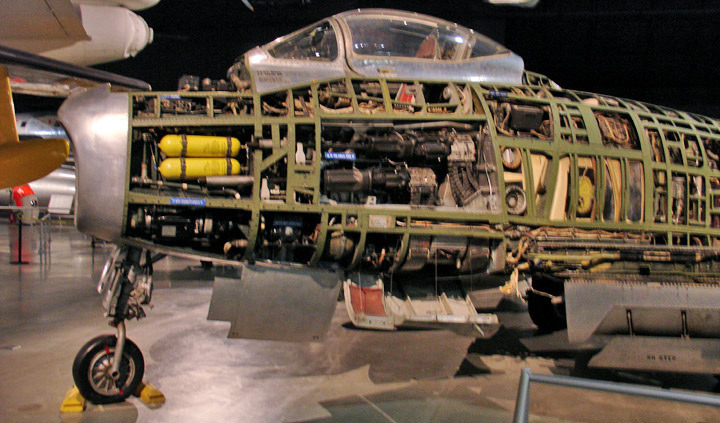
cutaway showing the intricateness of a jet fighter